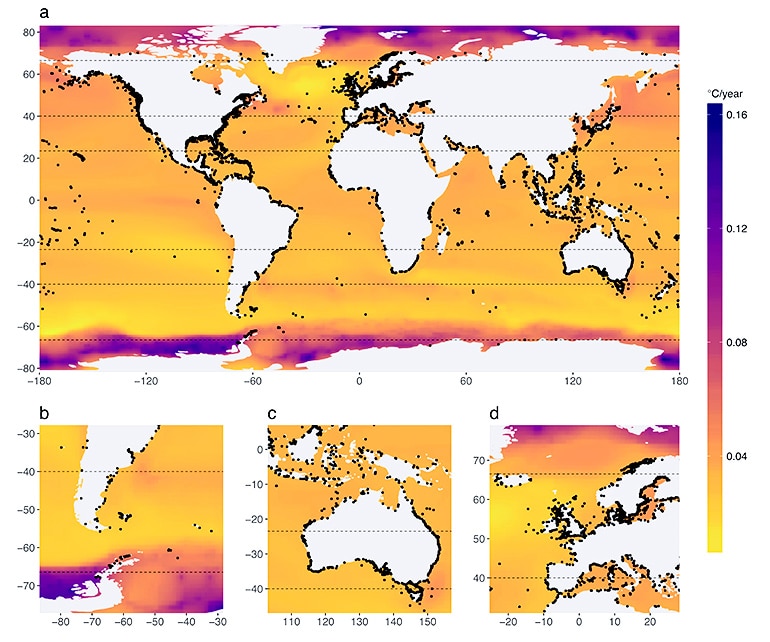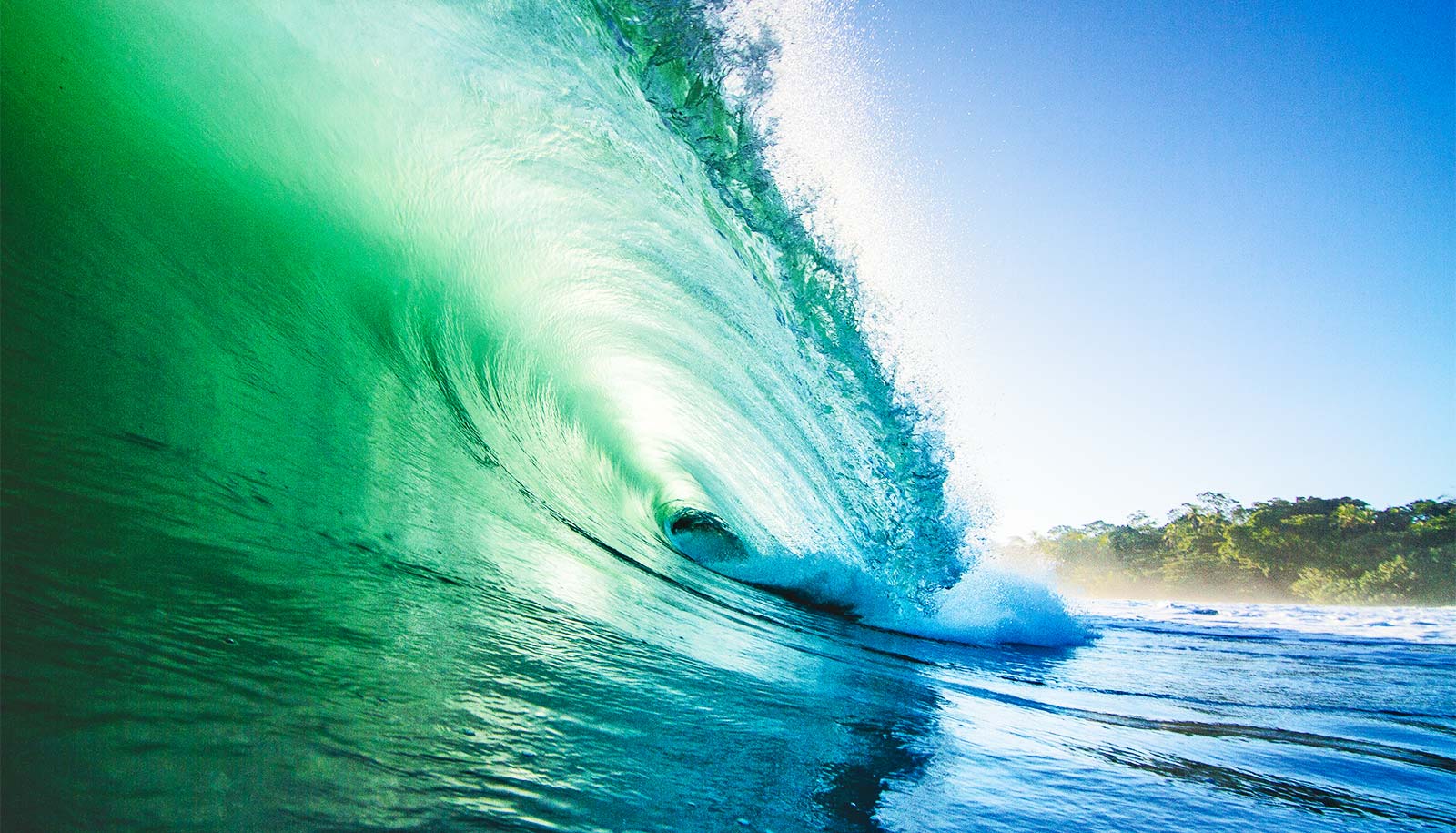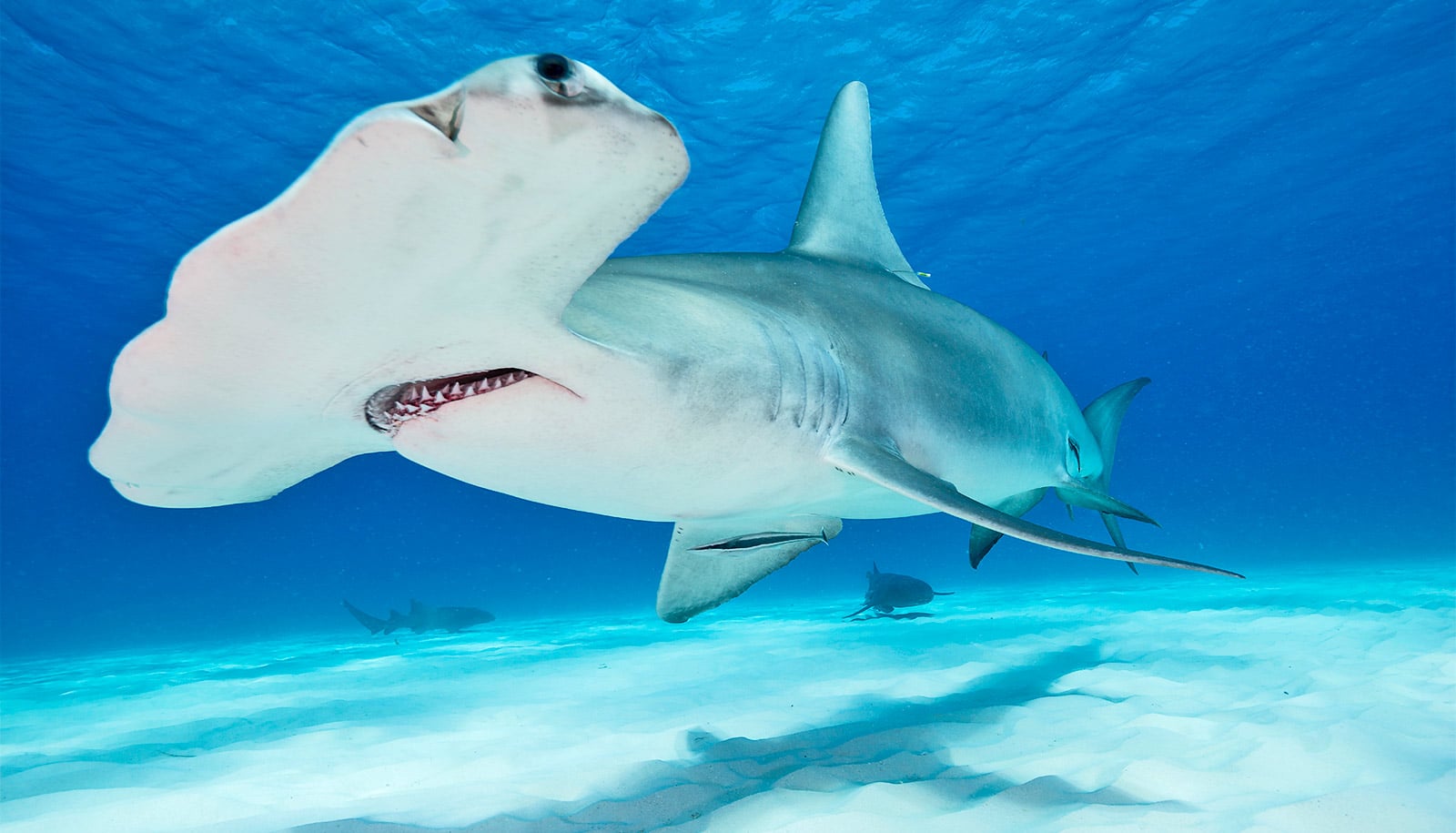Most marine life in marine protected areas will not be able to tolerate warming ocean temperatures caused by greenhouse gas emissions, according to a new study.
Marine protected areas have been established as a haven to protect threatened marine life, like polar bears, penguins, and coral reefs, from the effects of fishing and other activities like mineral and oil extraction. The study found that with continued “business-as-usual” emissions, the protections currently in place won’t matter, because by 2100, warming and reduced oxygen concentration will make marine protected areas uninhabitable by most species currently residing in those areas.
“With warming of this magnitude, we expect to lose many, if not most, animal species from marine protected areas by the turn of the century…”
The study, which appears in Nature Climate Change, predicts that under the Intergovernmental Panel on Climate Change’s Representative Concentration Pathway 8.5 emissions scenario, better known as the “business as usual scenario,” marine protected areas will warm by 2.8 degrees Celsius (or 5 degrees Fahrenheit) by 2100.
The study also estimates the year in which marine protected areas in different ecoregions would cross critical thresholds beyond which most species wouldn’t be able to tolerate the change. For many areas in the tropics, this will happen as soon as the mid-21st century.

“With warming of this magnitude, we expect to lose many, if not most, animal species from marine protected areas by the turn of the century,” says lead author John Bruno, a marine ecologist and biology professor at the University of North Carolina at Chapel Hill. “To avoid the worst outcomes, we need to immediately adopt an emission reduction scenario in which emissions peak within the next two decades and then decrease very significantly, replacing fossil fuels with cleaner energy sources like solar and wind.”
Key takeaways from the study include:
- There are 8,236 marine protected areas around the world, although they only cover about 4 percent of the surface of the ocean.
- The projected warming of 2.8 degrees Celsius (or 5 degrees Fahrenheit) by 2100 would fundamentally disrupt the ecosystems currently located in marine protected areas.
- Researchers project mean sea-surface temperatures within marine protected areas to increase 0.034 degrees Celsius (or 0.061 degrees Fahrenheit) per year.
- Researchers project marine protected areas in the Arctic and Antarctic to warm especially quickly, threatening numerous marine mammals like polar bears and penguins.
- The marine protected areas at the greatest risk include those in the Arctic and Antarctic, in the northwest Atlantic, and the newly designated no-take reserves off the northern Galápagos islands Darwin and Wolf.
“There has been a lot of talk about establishing marine reserves to buy time while we figure out how to confront climate change,” says Rich Aronson, an ocean scientist at Florida Institute of Technology and a researcher on the study. “We’re out of time, and the fact is we already know what to do: We have to control greenhouse gas emissions.”
In rough times, sea urchin moms toughen up their babies
Additional researchers contributing to the research are from the Florida Institute of Technology, Polar Bears International, the University of Southampton, Memorial University of Newfoundland, Marine Conservation Institute, NOAA Atlantic Oceanographic and Meteorological Laboratory, the University of Miami, and the National Oceanography Centre.



